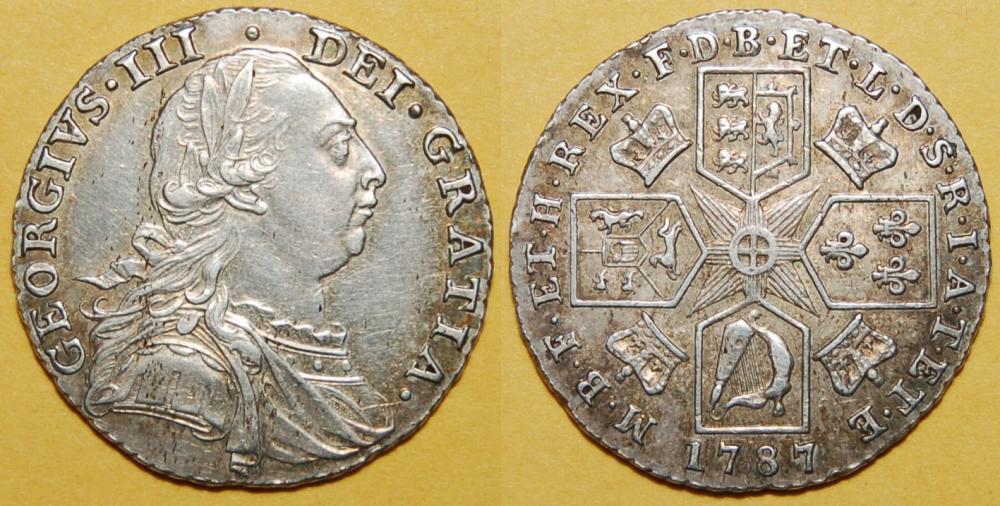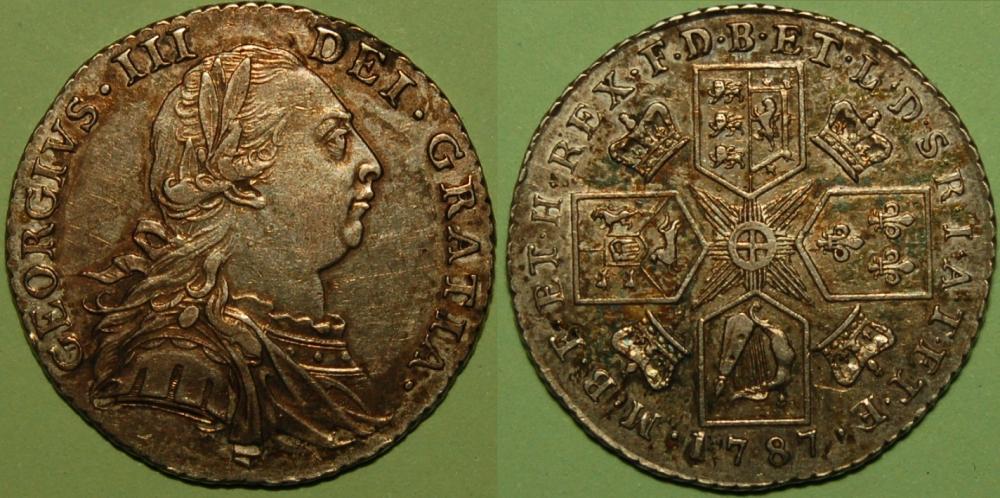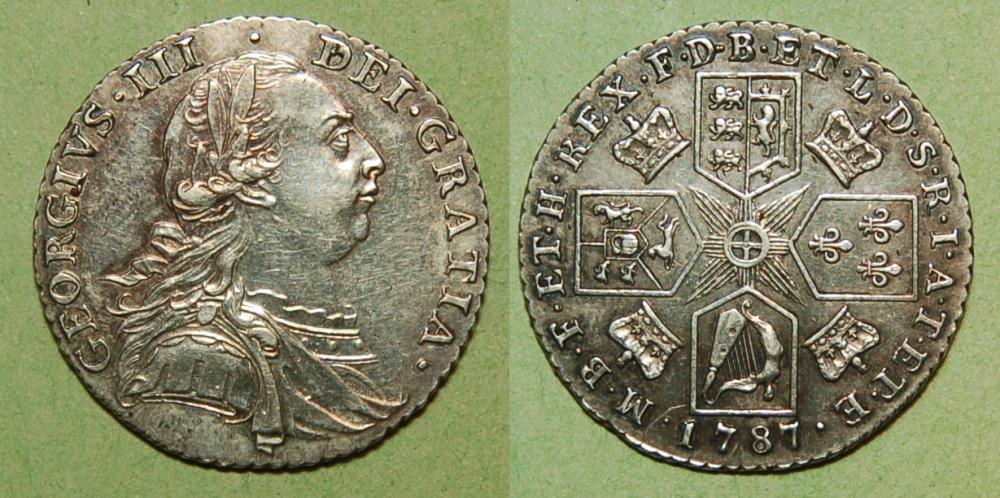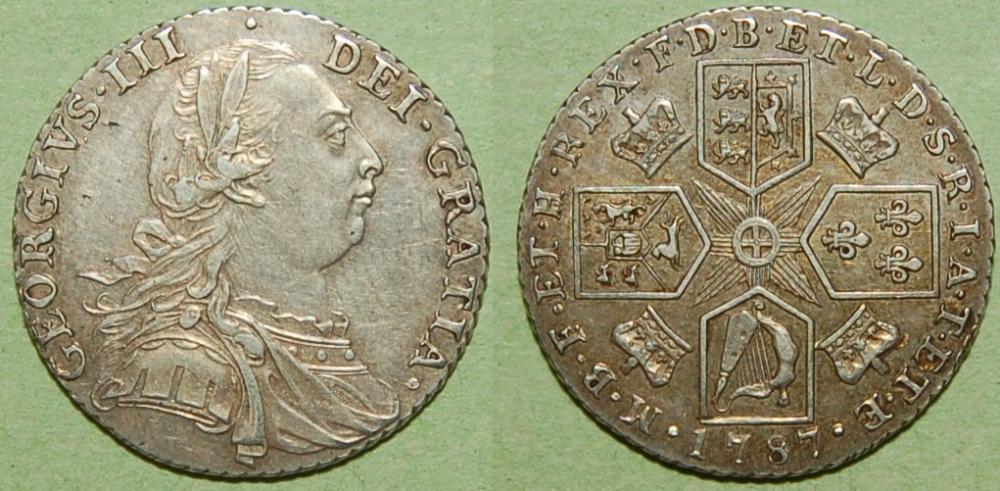-
Posts
12,713 -
Joined
-
Last visited
-
Days Won
331
Content Type
Profiles
Forums
Events
Downloads
Store
Gallery
Articles
Everything posted by Rob
-
As you were I would think. Exports would attract no VAT, while imports would have the tax levied at the appropriate rate. There is no reason for these to change as VAT rates are set by the individual countries, and not Brussels. That's why there is scope for arbitrage within the EU. If we go onto WTO rules after we have left the EU, then those rates applicable are clearly laid out.
-
The fundamental problem here is that unlike a shop selling general items for everyday use, the treatment of coins and antiques etc is not a straightforward matter. As Paddy points out, the majority are not VAT registered and for these the question is irrelevant. For those that are, they can choose to sell under the margin scheme whereby the VAT is calculated on the difference between purchase and selling price (figures are subject to certain conditions laid down by HMRC) or they can use global accounting. The former really only works in the case of higher value discrete items due to the amount of work required. Sellers of lower unit value items, or sales of coins purchased as part of a bulk lot are better off using global accounting rules. In the case of the latter, there is no definable VAT (and therefore deductable) element for any particular sale because it is a simplified scheme whereby at the end of the accounting period, the VAT due is 1/6 of the difference between the total cost of purchases and the total value of sales.
-
Turnover of 85K or more pa requires VAT registration. It isn't optional above this figure.
-
Most dealers aren't VAT registered. In the case where there is VAT to consider, a coin sold under the margin scheme has VAT due on the profit element of the price, which in the case of a coin sourced in the UK will be 20% of a variable percentage of the full cost, which in the case of a bulk purchase is quite flexible. New items such as accessories have VAT as applicable, but any export outside the EU is exempt from tax. Within the EU, VAT is deemed to be fully paid if charged at source, so for example, books which attract a zero rate in the UK are sold to the EU at zero rate. There is a small amount of arbitrage possible arising from the various rates of VAT payable in different countries, but is rarely more than one or two percent. Any import VAT is something you have to live with wherever you happen to be. We all have our various crosses to bear.
-
Ex mount, polished and flat for a common issue and an indifferent date will only ever be worth melt value. If you can get to within a couple percent of spot from a bullion dealer (or coin dealer), then I would go that route. ebay with an accurate description will likely only make that before fees & shipping costs. I would wait for the refund before selling as it is the physical evidence. Get the case opened if you haven't already done so.
-
It looks like the straight line going from the cheek, across the neck to the shoulder is a hairline. Where it crosses the falling hair curl are two light lines either side which would be indicative of raised metal thrown up when the cut was made. It's a nice coin for wear, but scratches don't help.
-
Specific coins have always been referenced to previous sales where there was a comprehensive collection even though it wasn't a documented reference volume. So crown for example have been referenced to the Lingford sale as the pre-eminent collection of that denomination, Similarly Nicholson halfpennies, Adams halfcrowns, Cooke farthings, Quartermaster/Bentley sovereigns, Norweb anythings etc. It isn't fake news, just another reference point.
-
Themed collections are an aesthetically pleasing move away from the serried ranks of sameness associated with denomination collecting. Although a themed collection still confers boundaries, the almost inevitably eclectic result obtained on completion will provide interest for many collecting areas. Multiple areas of interest is a diversity that many collectors could benefit from.
-
A little number from two of the most accomplished performers I've ever seen. The support isn't bad either.
-
-
That's good. It is unlikely we will ever be in competition. You take the c**p, I'll go for something nicer.
-
The coin. Look at the reflections off the angled surfaces facing the light source. That is what the coin would look like if illuminated using a flash on the camera. There is no texture to the surface tone which is a good indication of having been cleaned or dipped at some point. The obverse hairlines betray a bit of abrasive cleaning by someone. Any coin in circulation will develop hairlines, but that goes hand in hand with accumulating dirt. Clean coin and hairlines says cleaned.
-
Your assessment and grading looks about right on the one you posted, but it is horribly bright.
-
-
-
To grade any coin you need to know what a mint state example looks like. Failure by the uninitiated to do this is why so many things on ebay are listed as extremely fine or unc. A washer is a washer, so anything with half decent detail appears to automatically deserve extremely fine. Sadly this is not how it works. That's why you should avoid ebay if you don't feel confident to grade a coin. Here are a few in varying grades.
-
It could be a proof. Pictures of both sides would help.
-
The Pembroke sale may well be the first instance when this was included in a catalogue, as it wasn't printed in say Thomas Thomas, Durrant or the Devonshire collection which were all important sales of that decade, nor any other earlier catalogues I possess. The scale was subsequently included more often than not in Sotheby's catalogues up to the mid 1920s. The Bruun sale in 1925 and Middleton (1926) both had the scale, but Huth in 1927 had a scale in inches as did all the catalogues here subsequent to that. I don't know why they dropped it.
-
It doesn't say in the product specification, so you have to assume the worst. Amazon will sell anything that people pay to list. PVC sleeves might be a no-no, but plasticisers of any type will leach out and leave a sticky residue. The key is to have an inert material with no added plasticiser. Go to a proper coin dealer with your requirements and ask questions before spending money.
-
Any movement whereby one surface rubs against another must cause wear of the softer surface, though initially will likely be imperceptibly light. In time this will cumulatively add up to visible flattening of the highest points. As most materials are not homogenous, you could still get wear to the coin from contact with say microscopic dust particles even if the felt is nominally softer. Eventually this will be significant enough to impact on the grade. The fibrous nature of felt ensures that the inevitable 3 point contact with two rigid surfaces is alleviated. Rub is rub, irrespective of how it came about.
-
Looks around the EF mark with some wear to the high points, but nothing excesive, and a couple of small contact marks. The grainy surface could be due to chemical etching, or could just be a crap photo. It may have been dipped at some point given the uniformity of colour. I would eliminate rusted dies, because both sides look the same.
-
I'm not sure how to add arrows and circles, so here's a lower grade example than the last one, this time with hearts in the Hanoverian shield. On the two top crowns, the orb at the centre point of the crown arches show distinct signs of a flat surface, this feature not seen on the previous example. Also note, the Garter Star at the centre of the reverse has been entered unevenly on the die with the top left quarter less deeply cut. Because this area is weak, it is not possible to say whether the missing rays are due to a failure to enter the design, filled detail, or a combination of both. Given the lack of die fill elsewhere, a weak entry seems more likely but isn't conclusive.
-
Here is an example that is essentially unc with a midge's of cabinet rub to the top left crown orb and the rampant lion where the toning has been removed. The lis closest to the centre is frequently not as well struck up as the other two, suggesting the problem was with the punch. You do see varying amounts of die fill on the finer detail. There were many 1787 shilling and sixpence dies, so no need to worry unduly about small differences.









